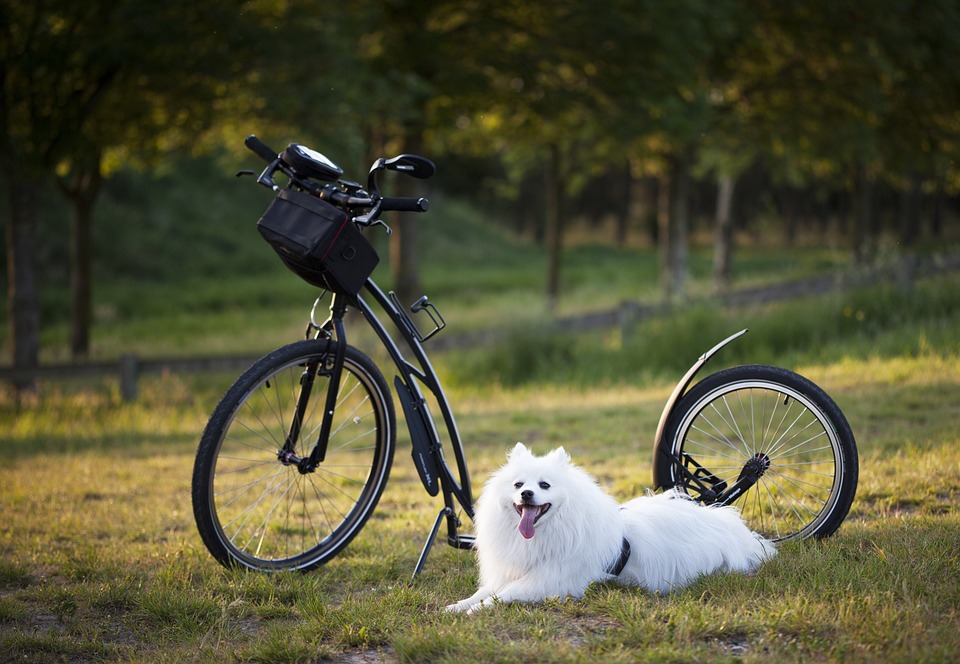The Calm Freeze – Dog Listener Training
The Dog Listener training system is built upon providing leadership for your dog. If the dog sees you as the leader, then it is relieved of those duties. In the dog’s eyes, someone has to be the pack leader, the dog, or you.
The calm freeze is a way of you taking control of a situation and telling your dog that you are in control, that you are happy with the situation, and that the dog doesn’t need to worry.
Here are a couple of examples.
I like to take my chocolate lab, Maisie out for walks in the countryside. Living in Guildford there are plenty of wooded areas. Most of the nearby roads are quiet. Occasionally a car will travel to or from nearby fields. At this point I quietly call Maisie to me, hold her collar on the side, and pat her shoulder. I watch the car, not Maisie. When the car has passed, Maisie carries on her way.
In this manner, I have created a calm freeze. I have told Maisie that I am in control, that I m monitoring the situation, and that I am happy and in control – so she doesn’t need to worry.
The second scenario where I use a calm freeze is with horses. The problem with horses is twofold 1) they may get spooked, although many horses are comfortable with dogs around them, and 2) they may kick the dog, in which case I want to protect Maisie.
So with horses, I use the calm freeze. When I see the horse in the distance, I attract Maisie’s attention, walking away if necessary, and getting Maisie to come to me. Again I hold her collar, pat her shoulder and watch the horses go by – telling her that I am in control, I am happy, and that she doesn’t need to worry.
The Calm Freeze is a great tool and you should use it when your dog gets excited. The Dog Listener technique has 4 pillars that you need to learn, the hunt, food, status, and Danger. The calm freeze is a tool to cope with the dog’s perceived Danger. When you understand why a dog does what it does, then you can influence the dog’s behavior.
The Dog Listener approach helps people understand how dogs behave.
Source by David Kyte




